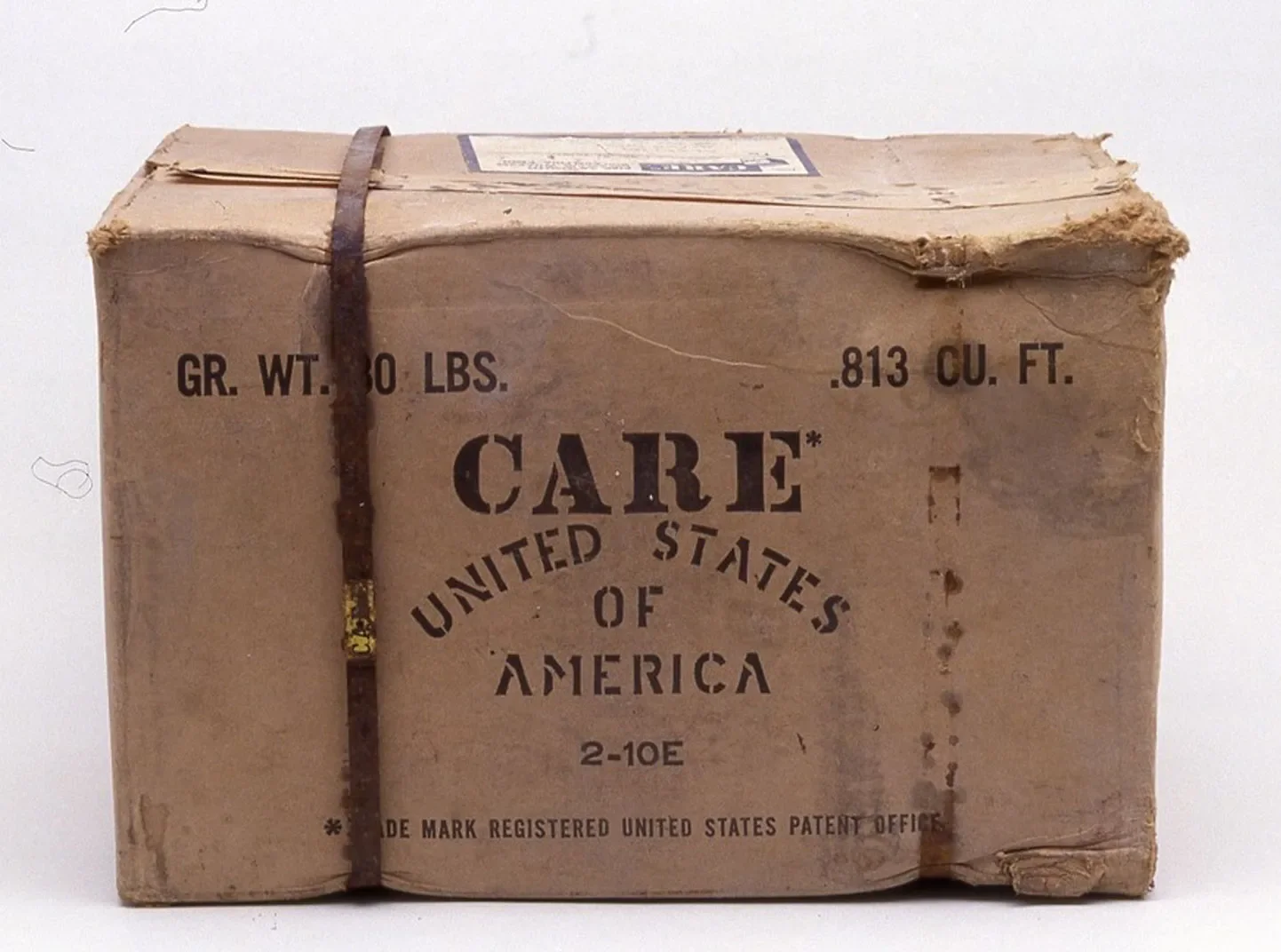CARE, DRC – September 18, 2024 –The Democratic Republic of Congo (DRC) is currently facing a severe Mpox outbreak, a situation disproportionately affecting women and girls displaced by conflict. With over 15,000 cases and 700 deaths reported, the DRC has become the epicenter of the global outbreak. Among the over 6 million people displaced by conflict across the country, women—who make up 51% of this population—are particularly vulnerable. In addition to enduring the hardships of displacement, these women often shoulder the primary responsibility for caring for sick family members, which heightens their risk of contracting the disease.
“Women fleeing violence now face infection which is fast spreading in overcrowded camps where soap, clean water, and proper healthcare are scarce,” said Sidibe Kadidia, CARE DRC Country Director. “Underage girls who have been forced to engage in sex work to provide for their families are at high risk of being infected and transmitting the disease. Women and girls taking care of infected family members, especially babies, are highly exposed. On top of it all, stigma and lack of accurate information about Mpox are all too common, often meaning people only seek treatment when the symptoms are already severe and highly infectious.”
In South and North Kivu, where CARE DRC works alongside its partners, overcrowded conditions in Internally Displaced Persons camps housing over 4.4 million people create an ideal environment for the rapid spread of disease. The camps are seeing a steady rise in cases, and the already overburdened healthcare systems are struggling to keep up. Testimonies from women in these camps highlight the critical gaps in services. Carine, a 37-year-old mother of 10 living in the Mugunga camp, explained her fears: “It’s hard to flee your home. When we got here, we sold all the little things we had carried with us to get food. Now we have no money, my daughters are falling ill, and there’s no proper healthcare. My six-month-old is sick, and I don’t know what to do. I was told by people here that if I put a talisman around her neck she will be ok but even after three days she still has a high fever.”
Riziki, who fled the conflict from her hometown to find refuge at a camp in Goma, recounted how her niece had developed symptoms consistent with Mpox. “There are no means to prevent the spread of the disease here,” she said. “I’ve tried to separate her from the other children, but it’s impossible as we don’t have enough space.”
Sidibe Kadidia urgently called for global solidarity to help stem the devastating spread of Mpox in the DRC. “We are doing everything within our power to control this outbreak, but the truth is, we can’t do it alone,” she stressed. “Without immediate increased international support, we risk a humanitarian catastrophe that will not only ravage the DRC but could engulf the entire region. The DRC’s Mpox response must prioritize women and girls, who face unique risks. The government should ensure that women and girls are targeted in the upcoming vaccination campaign. Local women-led organizations (WLOs) are crucial in the fight against the scourge but remain underfunded. Donors should increase direct support to these organizations to ensure effective, locally-led responses and timely access to resources. Every day we delay puts thousands more lives at risk”
The deteriorating security situation has made it extremely difficult to provide necessary humanitarian assistance, leaving many camps underserved. The Mpox outbreak is only the latest in a series of public health emergencies in DRC even as the rainy season approaches. The Humanitarian response plan remains severely underfunded at 37.4%. The outbreak has spread beyond DRC’s borders, posing a severe threat to neighboring countries and potentially escalating into a global crisis. Increasing access to vaccinations and measures to prevent and treat infections is vital. Further, efforts to end the conflict, stop continuing displacement, and increase humanitarian access to those in need are vital steps to contain MPOX in DRC. The international community and donors must take urgent steps to contain the virus before it reaches pandemic proportions.
Images can be accessed here
For media inquires, please contact: David Mutua, CARE East Central, & Southern Africa Regional Communications Advisor: via: david.mutua@care.org and usa.media@care.org.
